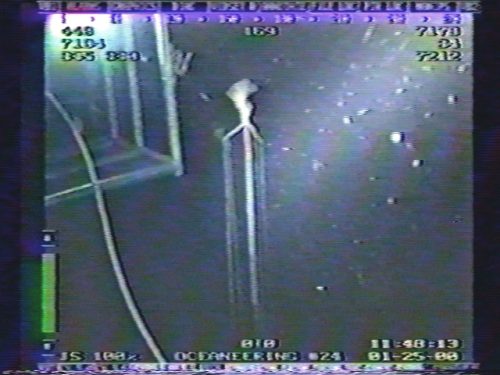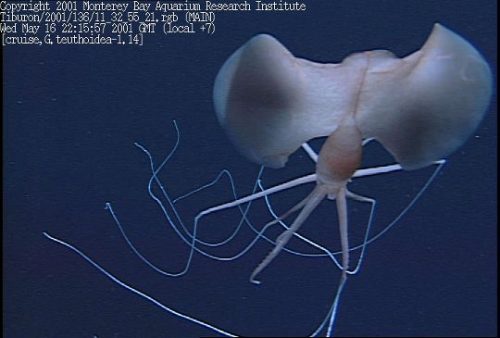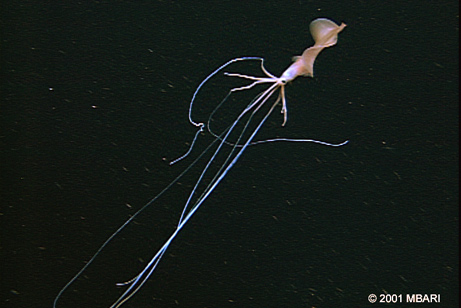Oh, my. Some researchers have discovered that pigments in tattoo inks can, over the years, wander out of the tattoo into places like lymph nodes. They have not, however, identified any danger or harm from this phenomenon. All I can muster is a weary, “So?”. This shouldn’t be at all surprising.
Next up: scientists will discover that the skin texture under your tattoo will change with age, that the shape of your body can distort the shape of your tattoos, and most horrifyingly, that people with tattoos have pigmented inks permanently discoloring their skin!









